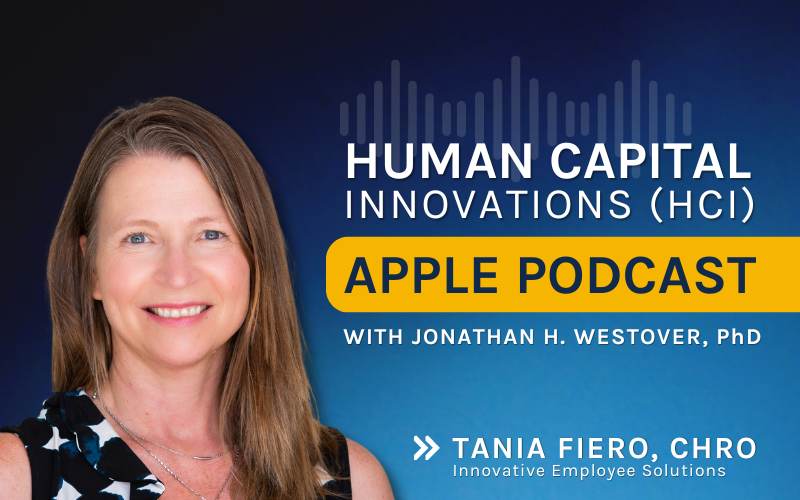According to a recent Pew Research report, 65 percent of adults used social media for their job searches in 2011, up from 2010's figure of 61 percent.
This amount is likely to continue to rise as networking platforms such as LinkedIn and Facebook open up more opportunities not only for HR administration to find potential applicants, but for job seekers to do more research about hiring companies as well.
This is a far cry from the way staffing agencies, recruiters and companies searched for workers in the 1990s and early 2000s. An infographic from Jobvite breaks it down.
In the 1990s, recruitment-centric automation was all the rage, since it allowed recruiters to parse resumes based on criteria, keywords and semantics. Configurable workflows also popped up, and many job searches were done on corporate career sites, although they were rarely user-friendly and most had rigorous registration requirements.
By the early 2000s, candidate-centric innovation came into play, incorporating source analytics, recruitment marketing, improved compliance and enhanced candidate relationship management by organizing job leads.
And now, collaborative recruiting has taken over, and firms integrating such strategies have increased referrals from 35 percent to 67 percent across company organizations.





